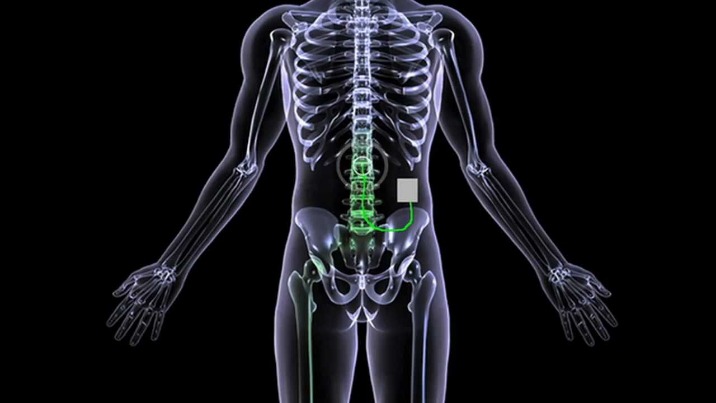The complexities of peripheral neuropathy impact countless individuals worldwide. To effectively cope with such conditions, it’s essential to understand the nuances, from neuropathic pain to nerve damage treatment. This guide provides insights into symptoms, causes, and holistic approaches to achieve effective chronic pain management.
What is Peripheral Neuropathy?
Peripheral neuropathy refers to damage in the peripheral nerves that can affect various parts of the body. These nerves transmit signals between the central nervous system (brain and spinal cord) and the rest of the body.
Common Neuropathy Symptoms
- Numbness or tingling in the hands and feet
- Sharp, burning, or throbbing nerve pain
- Muscle weakness and lack of coordination
- Sensitivity to touch
- Digestive issues, including constipation or diarrhea
Read more about Diabetic Neuropathy here.
Neuropathy Causes
There are numerous potential causes for neuropathy, which can vary based on an individual’s health background and lifestyle.
Key causes include:
- Diabetes: A leading cause, high blood sugar levels can severely damage nerves.
- Infections: Conditions such as shingles, Lyme disease, and HIV.
- Autoimmune diseases: Including lupus and rheumatoid arthritis.
- Nutritional deficiencies: Lack of vitamins E, B1, B6, and B12.
- Toxins: Exposure to harmful substances such as heavy metals and certain chemicals.
Nerve Pain Relief and Chronic Pain Management
Relieving nerve pain and managing chronic pain requires an integrated approach.
Non-Medical Interventions
- Physical therapy: Enhances motor skills and reduces pain.
- Acupuncture: An alternative method proven effective for some individuals.
- Ergonomic adjustments: Proper adjustments to work environments can help.
Pharmacological Treatments
- Over-the-counter pain relievers: Such as ibuprofen and aspirin.
- Prescribed medications: Including antidepressants, anticonvulsants, and opioids.
- Topical treatments: Creams and patches like lidocaine or capsaicin.
Nerve Damage Treatment
Addressing nerve damage involves targeting its root cause, enhancing neuropathy support, and utilizing specific treatments. This can range from surgical interventions to lifestyle changes such as improved diet and regular exercise.
FAQs About Peripheral Neuropathy
What is the best way to diagnose peripheral neuropathy?
A comprehensive diagnosis usually includes physical examinations, blood tests, nerve function tests such as electromyography (EMG), and imaging tests like MRI or CT scans.
Can lifestyle changes contribute to nerve pain relief?
Absolutely. Maintaining a healthy diet, regular exercise, and avoiding alcohol and tobacco can significantly enhance nerve function and reduce pain.
Are there any emerging treatments for neuropathic pain?
Recent research is exploring the effectiveness of stem cell therapy, gene therapy, and electrical stimulation devices aimed at regenerating nerve tissues.
Proper chronic pain management and finding the right nerve damage treatment strategy can significantly enhance the quality of life for those affected by peripheral neuropathy. Engage with healthcare professionals to explore the most appropriate neuropathy support and solutions tailored to individual needs.




